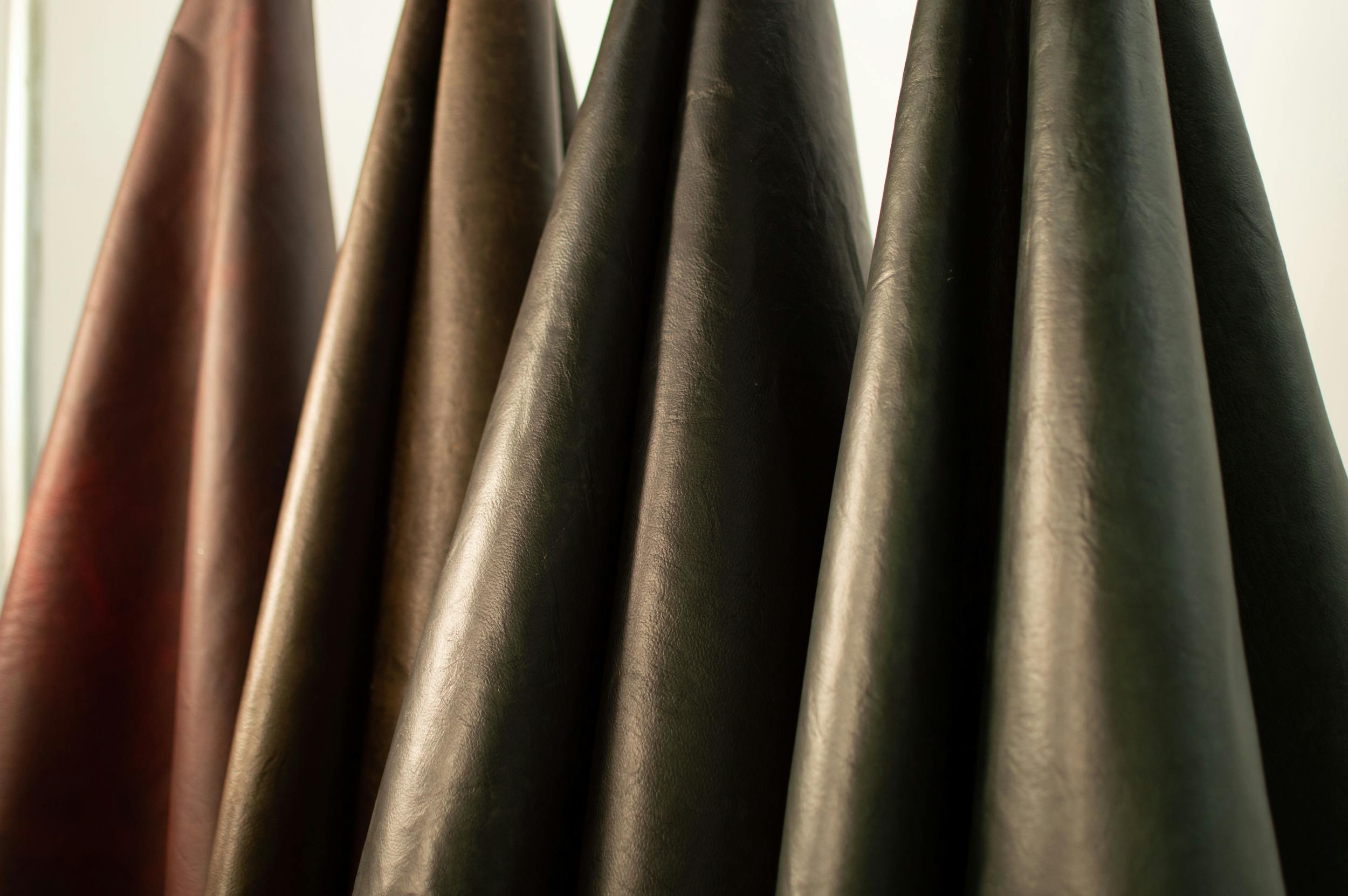The Future of Biomaterials

- Published on
- September 8, 2022
Humans have used leather, silk, wool, fur, down, and "exotic" fur for centuries. Unfortunately, these animal-derived materials present environmental and ethical challenges, which are increasingly pressing problems for the human population. Later, the invention of synthetics in the 20th century allowed inexpensive petroleum-derived alternatives to animal-derived materials: polyurethane, PVC, polyester, acrylic, and more. Unfortunately, these alternatives are also unsustainable and ethically worrisome.
But, today, the bio revolution brings a new crop of scientists, artists, and innovators pioneering next-generation biomaterials. In a few words, new biological ways of making and processing materials will soon transform many industries and our daily lives.
New biological ways of making and processing materials will soon transform many industries and our daily lives.
What can we expect in the future for next-generation biomaterials?
Ph.D. Manuel Aguilar, our Chief Scientific Officer, defines this new realm of next-generation biomaterials as "bio metamaterials," which are materials made using biological means and enhanced with synthetic biology, lab-designed materials that don't exist in nature, with entirely new properties.
For example, although the exoskeleton of insects is made of chitin, and the cell wall of plants is made of cellulose, the magic of the bio revolution suggests combinations of these materials can be generated, complex networks of mixed bio polymers such as cellulose and chitin. Combinations that don't exist in nature with entirely new properties
The magic of the bio revolution suggests novel molecular combinations that don't exist in nature can be generated
In Polybion™, we are using biology to create novel solutions to some of humanity's most pressing challenges and we have started with Celium™, a premium alternative to animal leather and petroleum-derived synthetics grown from bacteria. We control its fundamental properties as it grows, making it easy to tailor and we use genetic engineering to enhance its properties. Our proprietary cellular technology is the first step in our quest to develop a cost-efficient genetic engineering platform for novel materials creation.
The future of biomaterials is a complex universe yet to be understood. Still, we are going on the right path toward sustainability by growing materials with the best manufacturing technology on earth; biology.
The 21st century is the age of biology. The revolution of life. We know revolutions bring global and planetary paradigm shifts, and the bio revolution is no exception, it has the potential to be more impactful than the industrial revolution and is happening at the speed of the digital revolution.
Will you Join it?